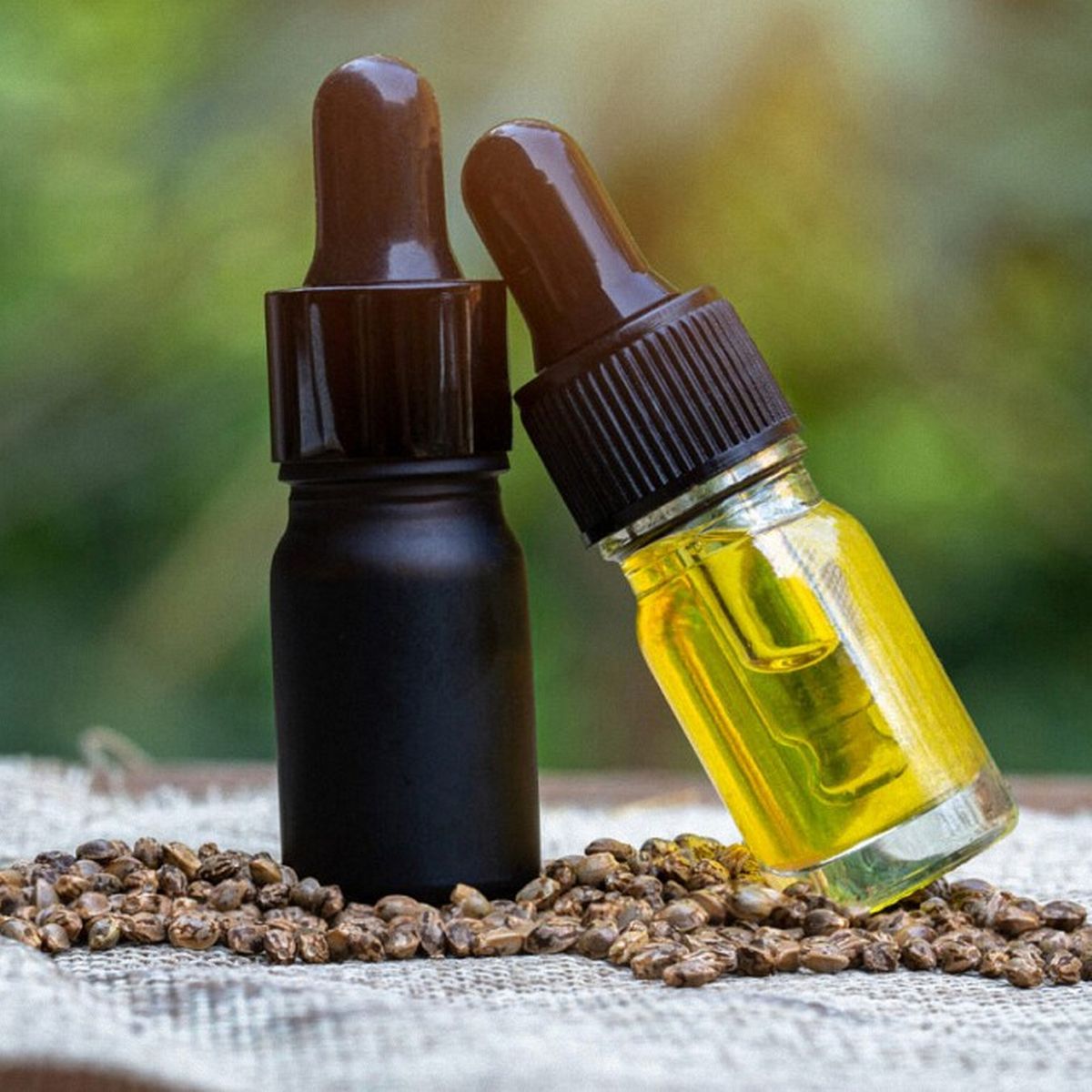
CBC cannabinoids are a class of chemicals in cannabis that have various medical applications. CBCs may also be used to reduce pain. Here are some of the many benefits of CBC. Find out more information about CBC. Cannabidiol, Cannabigerol, and Cannabidiol can be legal alternatives. Both have anti-inflammatory and antioxidant properties, so they can help combat premature cabello aging.
CBC cannabinoid
The antibacterial properties that CBC cannabinoid had on bacteria was discovered by researchers in the 1980s. Turner and ElSohly found that CBC could help fight several types of bacteria, including staph, E. coli, and gram-negative bacteria. Recent research has shown that cannabinoids have the same effectiveness against MRSA than the antibiotic Vancomycin, without any side effects.

Cannabigerol
Cannabigerol (CBG), a cannabinoid, is produced through industrial fermentation. It is also known as the stem cell for cannabinoids. It has a very high therapeutic potential and is non-psychoactive. It is the first cannabinoid produced from the newly discovered cannabis plant. CBG may not be as well-known as CBD, but its beneficial effects have been demonstrated.
Cannabidiol
CBGA, which is a biosynthetic precursor to all cannabinoids is derived from olivetolic and is also a chemical compound. CBGA works with CB1 receptors throughout the body. It increases the activity of anandamide, a neurotransmitter that regulates mood, appetite, sleep, and pain. This cannabinoid has many uses, including treating anxiety, depression and pain.
Cannabinol
Cannabinol or CBN is a cannabinoid found within marijuana. CBG is typically very minimal in cannabis strains. CBN has many uses and benefits. CBN can increase dopamine levels, support sleep, mood, and appetite. CBN can also be used to modulate brain serotonin receptor activity and uptake of GABA, which can help reduce anxiety and depression.

Cannabichromene
Cannabichromene (CBC), is a chemical created by specific plant enzymes. In animal studies, it has shown a high ability to inhibit inflammation and pain. It has antibacterial, antifungal and other properties. It is believed it can increase the effectiveness and potency of THC and other cannabis oils. Although it is not yet known if it has any direct effects on the immune system but it does have many benefits.
FAQ
What are some common blunders that companies make when they venture into the US cannabinoid markets?
Not understanding the regulations for cannabis products is a first mistake. This could result in you needing to alter your product formulation.
The second mistake is not knowing how to properly label your product. You must know whether your product contains CBD, THC, or both.
Finally, you must know how to package your product correctly. If you have a product that contains THC, make sure it is properly packaged.
If your product does not contain THC, then you should still follow all packaging laws because there are many states where cannabidiol (CBD) is legal.
Finally, you should always keep track of any recalls on your products. If there is a problem with your product, it is important that you inform customers as quickly as possible.
Can CBD be a part of the future?
Yes. It's not because it has medical benefits, but rather because it can help people feel better and not get high.
People who want an alternative to prescription medications will love the fact that you don't feel any different after you use it.
We know that cannabis can help with anxiety, depression, pain relief, insomnia, and other conditions, as evidenced by numerous studies.
Cannabinoids found in cannabis also interact with the receptors in our brains. This interaction creates feelings of relaxation and well being.
It is essential to learn about CBD oil and its effects if you want to use it for health reasons.
How big does the global CBD market look?
The global CBD market was valued at $US 3.5 billion in 2015, according to Euromonitor International. This is an increase of more than 10% compared to 2014.
The report predicts that this figure will grow by 12% annually to $US6.4 billion in 2020.
CBD products are expected account for about half of all hemp products worldwide by 2020.
This includes CBD oils and other CBD products like food, beverages, cosmetics and pet care items.
What CBD products are the most popular?
CBD products are everywhere these days. They are used for pain relief and anxiety. The market is vast and growing rapidly.
What are people buying CBD for? And how does this affect you as a brand owner?
Well, according to Statista, CBD products are being bought for their relaxing effects. They can also be used to treat inflammation.
This means that products with both CBD or THC can be sold both for recreational and medicinal purposes.
What about brands that are focused on a single purpose? A company selling CBD for stress relief is an example of a brand that will not be challenged.
Additionally, a brand that focuses solely on CBD for medical purposes will enjoy a large customer base.
If a brand wishes to reach recreational users, they must create a unique selling point (USP). A USP is essentially a benefit or feature that distinguishes a brand from its competitors.
For example, some brands offer free shipping, while others offer discounts for bulk orders.
How do prices for CBD differ across states?
Prices for CBD products vary widely depending on where you live. In fact, prices can differ by more than ten times!
Prices tend to increase as you move further north. In Alaska, CBD is $35 per gram on average, while it costs $200 in Hawaii.
This trend is continued across the nation. Prices can range from $5-$2,500 per gram.
Why is it happening?
Variable levels of regulation can explain why prices differ so greatly. Some states require CBD products that contain very little THC, the psychoactive component of cannabis. Other states don’t care about how much THC is in CBD products.
Some companies sell products in one state, and then ship them to another.
Is the CBD market growing?
The answer is yes And that growth is expected not to stop as legalization continues across North America. Canada has legalized recreational marijuana use in the past year, and several states have passed laws regarding medical marijuana.
As more states legalize medicinal marijuana, this trend will likely continue for at minimum a decade.
From an economic standpoint, legalizing marijuana is also sensible. Legalizing pot can provide many benefits, not only for farmers but also for the general public.
It could, for example, help lower crime rates by decreasing the availability of illegal drug. It could also be a source for tax revenue.
People will likely choose to consume less alcohol as they become more comfortable with legal marijuana. This would reduce the likelihood of having hangovers. It also means lower healthcare costs.
Patients with chronic pain might find that marijuana actually helps to improve their quality-of-life. Many believe THC, the active component in marijuana, is responsible for relieving symptoms like muscle spasms or nausea that can be caused by chemotherapy.
Finally, marijuana might become a valuable tool for treating mental illnesses such as depression and anxiety. In fact, some studies suggest that marijuana can even treat schizophrenia.
Even though the CBD sector looks bright, there are still many challenges.
Statistics
- however, one study also found that these effects were virtually abolished when the original media (a nutrient broth agar) was replaced with one containing 5% blood (increasing the minimum concentration to ~160 μM CBD) [179]. (ncbi.nlm.nih.gov)
- OralWhere HED is the human equivalent dose, and Km is a correction factor estimated by dividing the average body mass (BM) of the species (60, 0.020, and 0.150 kg for 11 humans, mice, and rats, respectively) and by its surface area (see: Nair et al. (ncbi.nlm.nih.gov)
- While the primary injury may not be treatable, interventions that attenuate secondary sequelae are likely to be of benefit [203].Only one study (ncbi.nlm.nih.gov)
- HR −16 mmHg; 95% CI −26, −6; I2 = 92%) (ncbi.nlm.nih.gov)
- A recent study [161] also found that in vitro CBD treatment (i.e., ≤ 2 h exposure to 10 μM) induced ~40% vasorelaxation in isolated (pre-constricted) (ncbi.nlm.nih.gov)
External Links
How To
What are the common issues in the CBD industry?
The market for CBD products is expanding at an astounding rate. But, businesses who want to enter this market still face numerous challenges. These include a lack consumer awareness, high-cost entry, limited access capital and regulatory uncertainty.
Many people are not aware of what CBD is, or how it functions. This means that they cannot make informed decisions about whether or not to buy CBD products.
Many CBD companies depend heavily on word of mouth marketing. This is costly because they have to pay for advertising and hire staff to promote their brand.
High production costs are another problem facing new entrants in the CBD industry. High prices are a major problem for CBD products because of the high cost of raw materials. CBD oil can only then be produced if the hemp has been grown in a specific environment.
For CBD oil to be produced, you need to plant enough hemp. This costs about $1,000 an acre. This means that many small farmers cannot afford the cost of starting.
A lack of capital access is another problem that CBD market newcomers face. Banks are often discouraged from helping people start businesses because of the stigma that surrounds the industry.
The sale of CBD products is still subject to regulatory uncertainty. There are currently not clear guidelines as to how CBD products should marketing.
Although some states have passed legislation restricting CBD product sales, this has not become a national policy.
Only Nevada, Maine, and Nevada have legalized recreational pot.
Massachusetts and Michigan have considered similar measures.
These changes could lead to increased competition between CBD manufacturers.
As a result of these factors, many entrepreneurs choose to work from home rather than start a physical business.